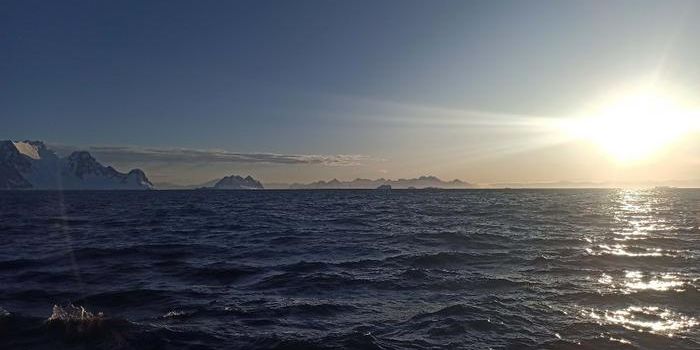A Massive Deposit of Helium is Found in North America
Only a few years ago, there were concerns that another medical crisis could be brewing in the form of a helium shortage. The US federal government has also been planning to sell its helium reserves, and concern was growing about the reliability of the supply, which is important to a lot more than parties. Only about three percent of the world's helium supply goes to balloons and blimps. Liquid helium is a crucial and safe coolant; it helps maintain proper temperature in nuclear reactors and is used in X-ray crystallography. Most helium is used in a variety of technologies, like rockets, semiconductors, welding, and critically, in MRI machines. No patient wants to hear that they cannot get a diagnosis for their health issue because there is no helium for the MRI, and these images help reveal many different medical conditions.
In recent years, most helium has been exported by Russia, Qatar, and Tanzania. But in 2011, a crew working for a company called Duluth Metals found helium in a part of Minnesota's Iron Range while they were searching for platinum-palladium metals.
Engineers and scientists converged on the site in Minnesota's St. Louis County, and in early February, they began to drill. A massive reserve was discovered as the drill reached a depth of about 2,200 feet below the surface, and a huge concentration of helium gas was identified; the sample that was taken had an extremely high concentration of 12.4 percent.
"There was a lot of screaming, a lot of hugging, and high fives. It's nice to know the efforts all worked out and we pulled it off," said Thomas Abraham-James, the CEO of Pulsar Helium. He noted that this concentration is around 30 times higher than the so-called industry standard, and even more than what had been forecast. Companies tend to pursue helium concentrations that measure over 0.3 percent. Abraham-James said that, “12.4 percent is just a dream.” He has been searching the world for helium reserves, and added, “It’s perfect.”
Now the company has to analyze the area to determine whether it's feasible to establish a a full-service mine there, a process that may take as long as one year.
The drilling had originally been planned to penetrate to a depth of 2,250 feet, but because of unusually warm temperatures leading to weight restrictions, the process had to stop earlier than intended.
Sources: CBS News, Independent Journal Review, Duluth News Tribune









